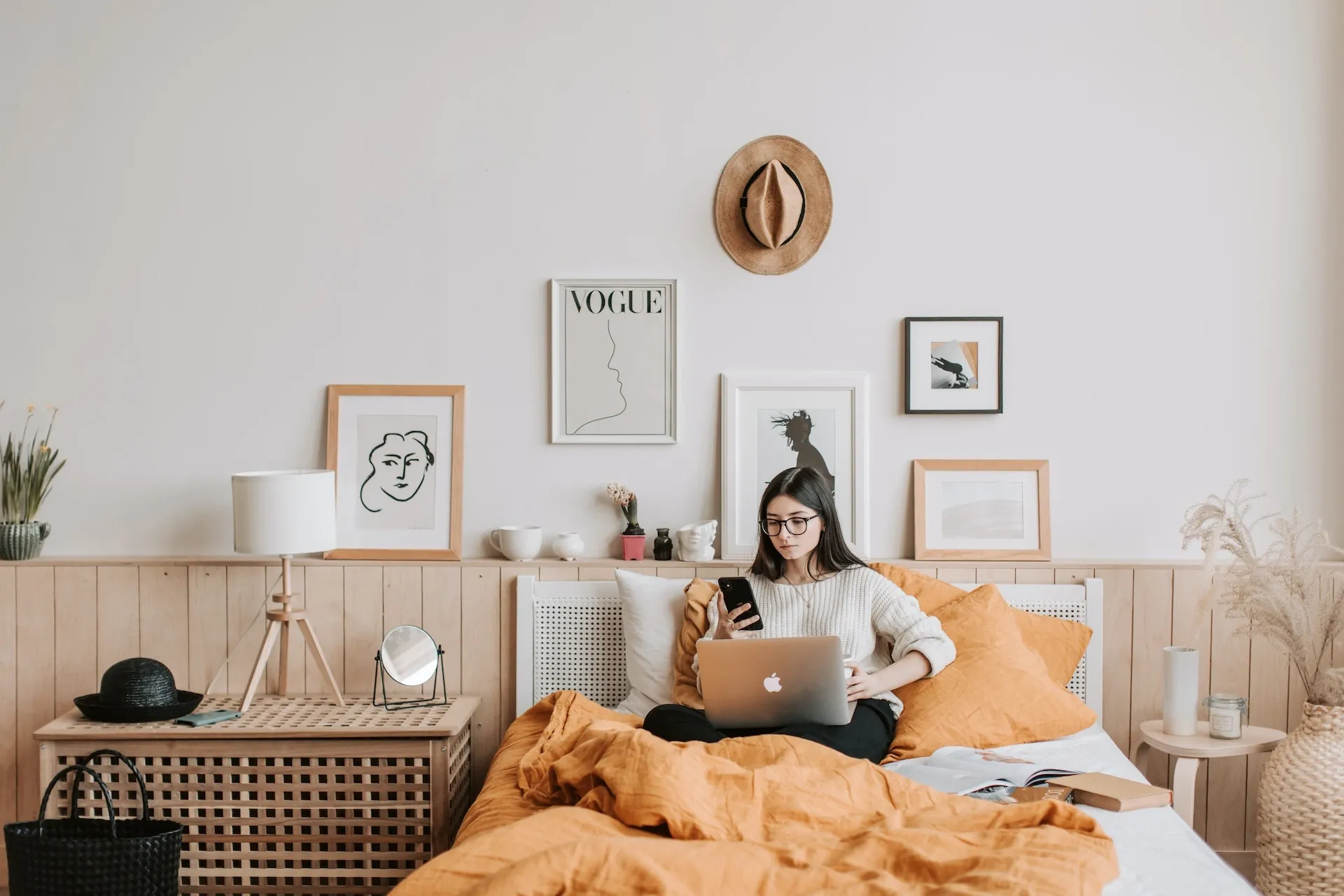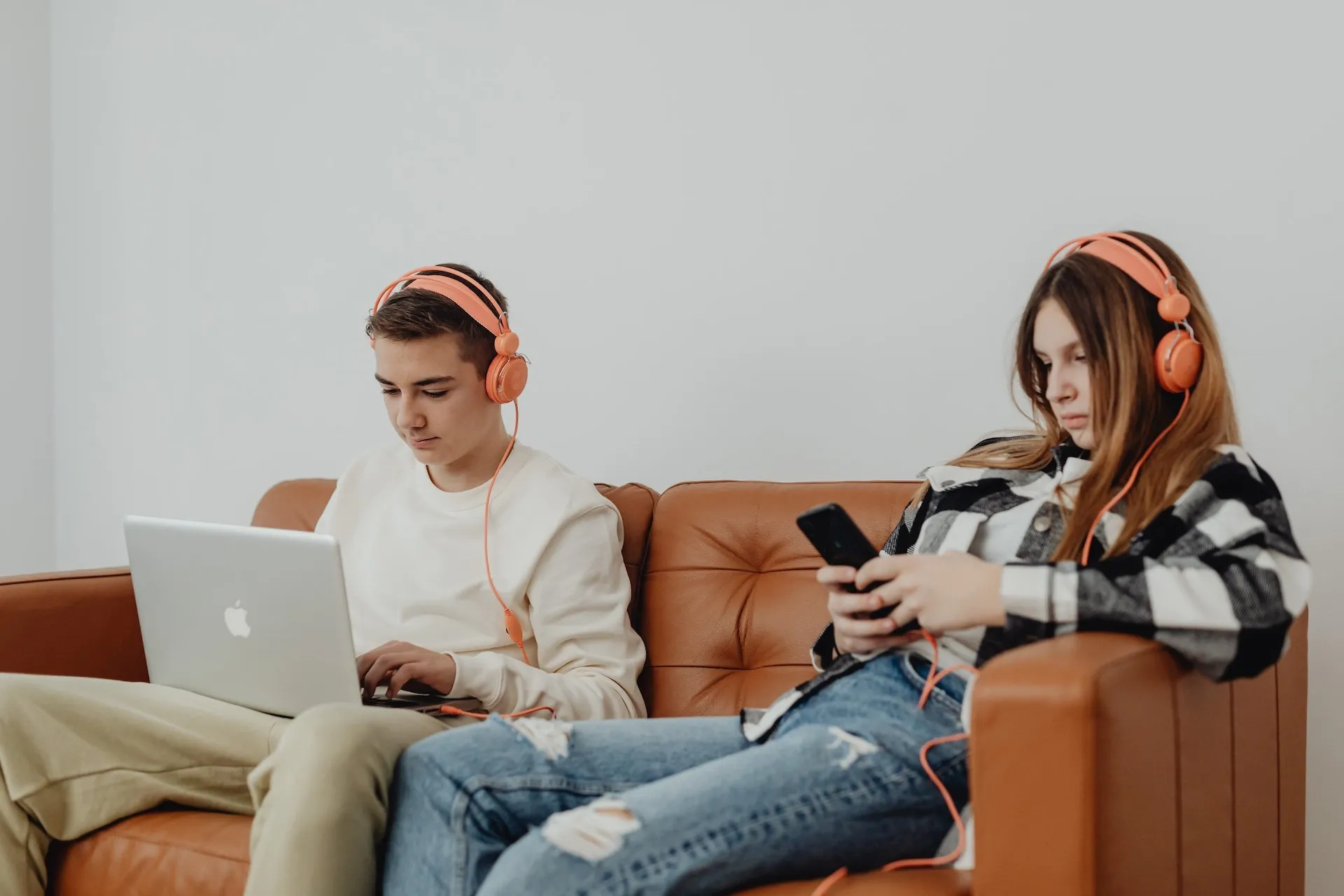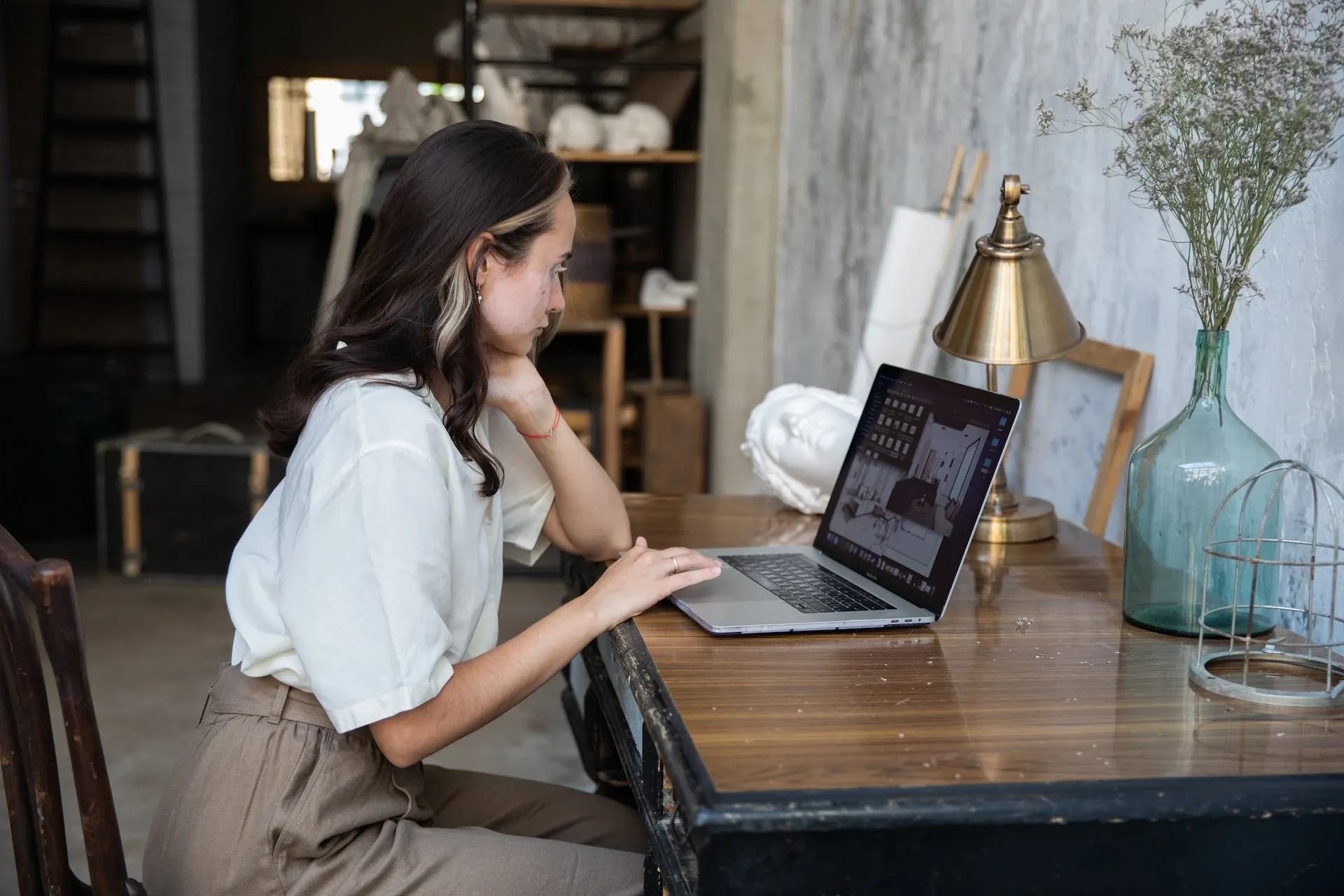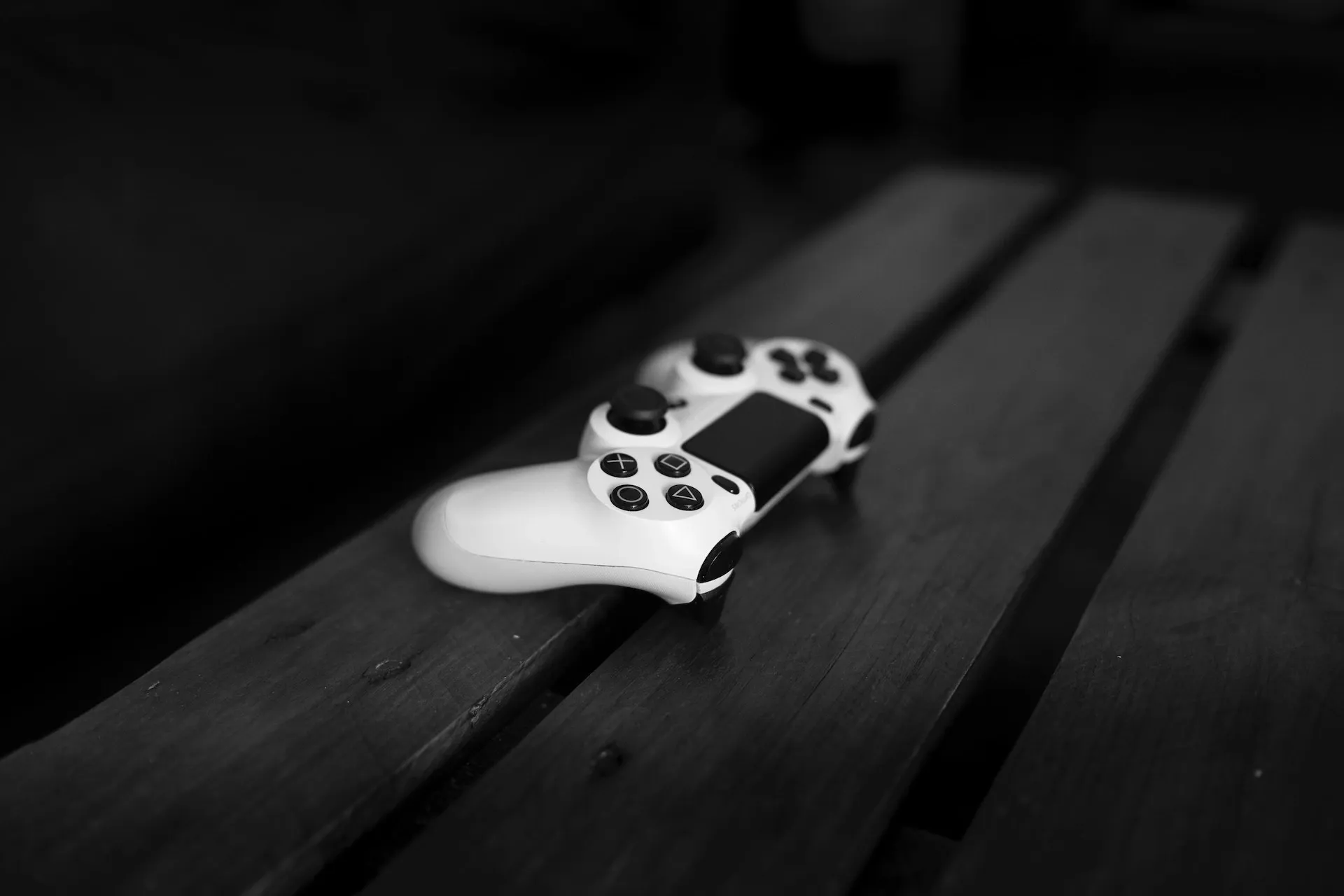How to use a screen recorder on iPhone, Android, Mac, and Windows PC
Screen recorders are now widely used. But how do you use them, what are the best apps, and what’s best for iPhone, Android, and other devices?

Screen recorder apps and software are often used for content creation. But what are screen recorders, how difficult are they to master, and how can you use them for your device? Let’s dig into all that today.
We'll cover:
- What is a screen recorder?
- How to use a screen recorder for iPhone
- Is there a screen recording app for iPhone?
- How do you screen record on an iPad?
- How do you screen record on a Mac?
- How do you screen record on Android?
- Can you screen record on Windows?
- What is the best screen recorder?
- What can't you screen record?
What is a screen recorder?
A screen recorder does what it says on the can: it captures the footage playing on a screen and saves it as a new file. People often use screen recorder apps and software for game playthroughs, but they can be used to film activity on your desktop, file explorer, online browsing, and more.

How to use a screen recorder for iPhone
Apple’s iPhone screen recorder software is built-in, meaning you have to tap a few buttons to get the party started. Here’s how:
- Head to your iPhone’s ‘Settings’, then to ‘Control Center.’
- Scroll down, and you should see the ‘Screen Recorder’ function. There’ll be a little green ‘+’ button beside it. Give that a click.
- That sends the Screen Recorder to your Control Center shortcut – that’s the collection of buttons you see when you drag from the top of your screen to access WiFi, mobile data, flight mode, and so on.
- The Screen Record button will be shown as a small gray circle. Click it to begin a three-second countdown, and then you’re away!
- Once you’ve captured what you need, finish the screen recording. You can do this by clicking the red button in the top corner of the screen. Once you’ve wrapped everything up, the screen recording will be available in your iPhone’s local ‘Photos’ app.
Bear in mind that some apps aren’t compatible with Screen Recorder, so test it out before you spend any time doing it for real.

Is there a screen recording app for iPhone?
Aside from the screen recorder function we’ve already covered, there are loads of different apps to choose from, including Record It! and TechSmith Capture. These will offer more flexibility than your iPhone’s basic – but effective – tool.

How do you screen record on an iPad?
If you want a little more swiping room, you can always screen record on your iPad rather than an iPhone. To do so, follow the same instructions we laid out for iPhone – the process is identical.
How do you screen record on a Mac?
Screen recording on a Mac is most often done with an app: QuickTime Player. This is the default media player for most Macs, and should already be installed on your device – if it isn’t, you’ll be able to grab it from Apple’s support page.
Here’s how you screen record on a Mac:
- Open QuickTime Player, then click ‘File’ and ‘New Screen Recording’ from the top menu.
- You’ll see the red ‘Record’ button, but make sure all your kit’s set up first. Tap the arrow button next to the Record button, which will show you the input audio. Double-check that you’re recording the computer’s internal audio, rather than an external mic.
- Start recording by clicking the red button. Click anywhere on the screen to record the whole thing, or drag your mouse across a specific section to just capture a portion. To adjust the volume while your screen recording is underway, increase it or decrease it as usual – these changes will be reflected in the finished product.
- When you’re done recording, hit the gray circular ‘Stop’ button. Alternatively, hold down ‘Command,’ ‘Control,’ and ‘Escape’ at the same time.
- Once you’ve finished your screen recording, QuickTime Player will open the footage. You’ll be able to play, review, edit, and share it from here.

How do you screen record on Android?
Many mobile phone manufacturers use the Android operating system, including Samsung, Motorola, and Nokia. But, as long as your device is running Android 11 or higher, it should be able to use the inbuilt screen recorder by following these steps:
- Swipe down twice from the top of your screen. This should bring you to the ‘Screen Record’ button, which is represented by a little circle.
- Choose what you want to start recording, then click ‘Start’. Your screen recording should begin after a handy countdown.
- Once you’re done, swipe down from the top of the screen again and click that circular button to bring everything to a close. Your screen recording will be available in your device’s Gallery.
Can you screen record on Windows?
We’ve run through Apple and Android mobile devices, but what about good old Microsoft Windows? Well, it turns out there are plenty of options for recording on your desktop.
There’s no universal, built-in Windows function to record all kinds of content like there is for Apple devices. However, there are tons of streaming software and apps for recording with Windows 10 and 11, including popular OBS screen recorders like OBS Studio and Streamlabs.
While you can’t record everything on your Windows PC with proprietary software, you can get by with the Xbox Game Bar. This feature is handily installed on most modern Windows computers, thanks to Microsoft owning Xbox. While it’s not perfect – it only records one window per session, and can’t capture the Windows File Explorer or Desktop screens – it’s still a solid, free screen recorder that you can use immediately.

Let’s look at how to screen record for Windows 10 and 11 with the Xbox Game Bar:
- Head to the app you want to screen record. Hold the Windows Key, ‘Alt,’ and ‘R’ to start recording. A small widget with a recording button, the elapsed recording time, and a stop button will appear on the screen, likely in one of the top corners.
- Do your thing! Remember that you’re limited to one app per recording session. Also bear in mind that the Xbox Game Bar will automatically capture audio from your selected app/window, as well as audio from an external mic. You can edit these preferences by heading to your computer’s settings, then ‘Gaming’ and ‘Captures.’
- Click the Windows Key, ‘Alt,’ and ‘R’ again to finish your screen recording. Alternatively, click the stop button in the recording widget. A ‘Game clip recorded’ notification will pop up, leading you to a preview of your screen recording. You can also find the MP4 file in your computer’s ‘Videos’ or ‘Captures’ folders.
You can open up the Xbox Game Bar and do all of this manually, but it’s speedier using the shortcuts as we’ve described.
What is the best screen recorder?
There’s no one-size-fits-all screen recorder, but you can naturally decide which is best for your needs. For example, if you’re just recording Minecraft, the Xbox Game Bar might be enough. However, if you’re recording multiple screens with a PS4, PC, and several audio inputs, you’ll probably have to go for something more advanced, like Streamlabs OBS, Lightstream, or XSplit Broadcaster.

Now that you know how to use a screen recorder for iPhone, iPad, Mac, Android, and Windows PCs, it’s time to film your content and upload it for everyone to see!
What can’t you screen record?
Now that we’ve covered the nitty-gritty details of how to screen record on different devices, it’s worth remembering what you shouldn’t feature in your content. That includes screen recordings of:
- Your personal details, such as your home address, phone number, bank digits, and more.
- Private conversations between you and your friends, family, colleagues, or followers.
- Copyrighted content, such as films and TV shows. Some industries are more lax about this, like gaming, as a large section of Twitch is now built on video game walkthroughs!
If you’re unsure about whether you should screen record a specific thing, it’s worth trying to find the answer before you hit the big red button. Otherwise, your content may be removed and demonetized, and sanctions might even be taken against your account. It’s not worth it! Steer clear of legal funny business with Epidemic Sound.
Our catalog is high-quality, affordable, and safe. An Epidemic Sound subscription goes beyond royalty-free music, removing the headache of licensing and freeing you up to do what you do best. You can enjoy the safety of our license hand-in-hand with our massive catalog of 50,000 tracks, covering just about every genre you can think of. You’ll also gain unlimited access to our advanced search functions — finding the right sound’s never been easier.
It’s better than royalty-free. It’s worry-free. Get started with Epidemic Sound below.

Related posts:

